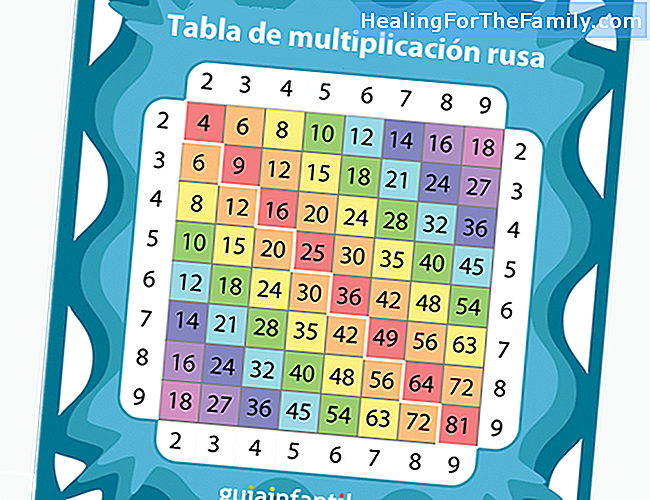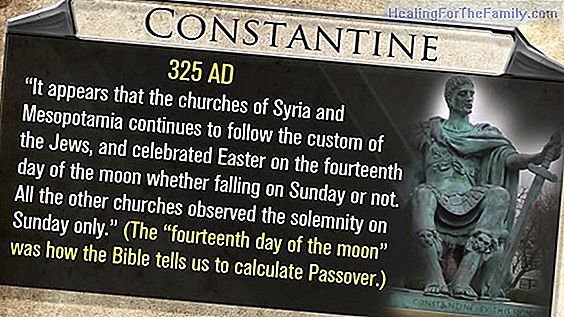Russian table to teach how to multiply children
The Russian table of multiplication is a practical way to teach children all the multiplication tables in one. Moreover, in this way and thanks to this table, children will learn to multiply randomly. It is ideal to reinforce the memorization of the multiplication tables. Guiainfantil.com offers you
The Russian table of multiplication is a practical way to teach children all the multiplication tables in one. Moreover, in this way and thanks to this table, children will learn to multiply randomly. It is ideal to reinforce the memorization of the multiplication tables.
Guiainfantil.com offers you this colorful Russian multiplication table so that maths become a fun subject for your children.
Russian table to teach how to multiply children

The Russian table of multiplication is a table with a lot of color, which helps children focus on numbers. With it, you will easily find the multiplication you wish to remember. Just look for the number you wish to multiply by following the horizontal column and looking for the intersection with the vertical column. For example, if you want to multiply 8x6, look for 8 in the horizontal column and 6 in the vertical column. The place where they are, is the result, in this case, 48.
But, beware, that this Russian table of multiplication is used to review and reinforce what has been learned, not to always consult it and thus avoid memorization of all the multiplication tables.
In any case, Russian children do not learn memory multiplication tables. They follow another different system, since is based on calculating doubles and halves. It is a bit more laborious and slow, but it works very well for them. In fact, there are very good Russian mathematicians. Do you know how they do it?
1. We give as an example a multiplication: 12x25.
2. The halves of the minor number and the doubles of the major are calculated. From the first number, the smallest (which is 12), the halves are calculated and written below the number in a column: 12-6-3-1 (if a number is odd, as in the case of 3, it is mentally subtract 1 to turn it into a pair and its half is calculated). 3. From the second number, the largest number, which is 25, the doubles are calculated in a column, but only the same number of numbers that we have in the other column: 25-50-100-200 (They gave us 4 numbers in the first column, so we should have 4 numbers in the second column).
4.
The columns of the numbers that in the column of the halves begin with odd are selected: in this case, only the first, third and last column, 25 in the first, 100 in the third and 200 in the last one.5.
Now we add the selected numbers but only those from the doubles column . In this case, 100 and 200. The result gives us 300.Other math tricks to teach multiplications to children
- Tricks with each table:
Although the ideal is for children to learn multiplication tables from memory, there are numerous tricks that can facilitate this learning. Each multiply taba has a fascinating and fun trick. Some tables can even be learned with the hands. - Pythagorean Table:
There is also another multiplication table similar to the Russian multiplication table, which is the Pythagorean table, where children can also check multiplication quickly. - Songs:
Surely you also learned some tabla by singing it. It seems a very old method, but remember that music and rhythmic songs help children memorize.












